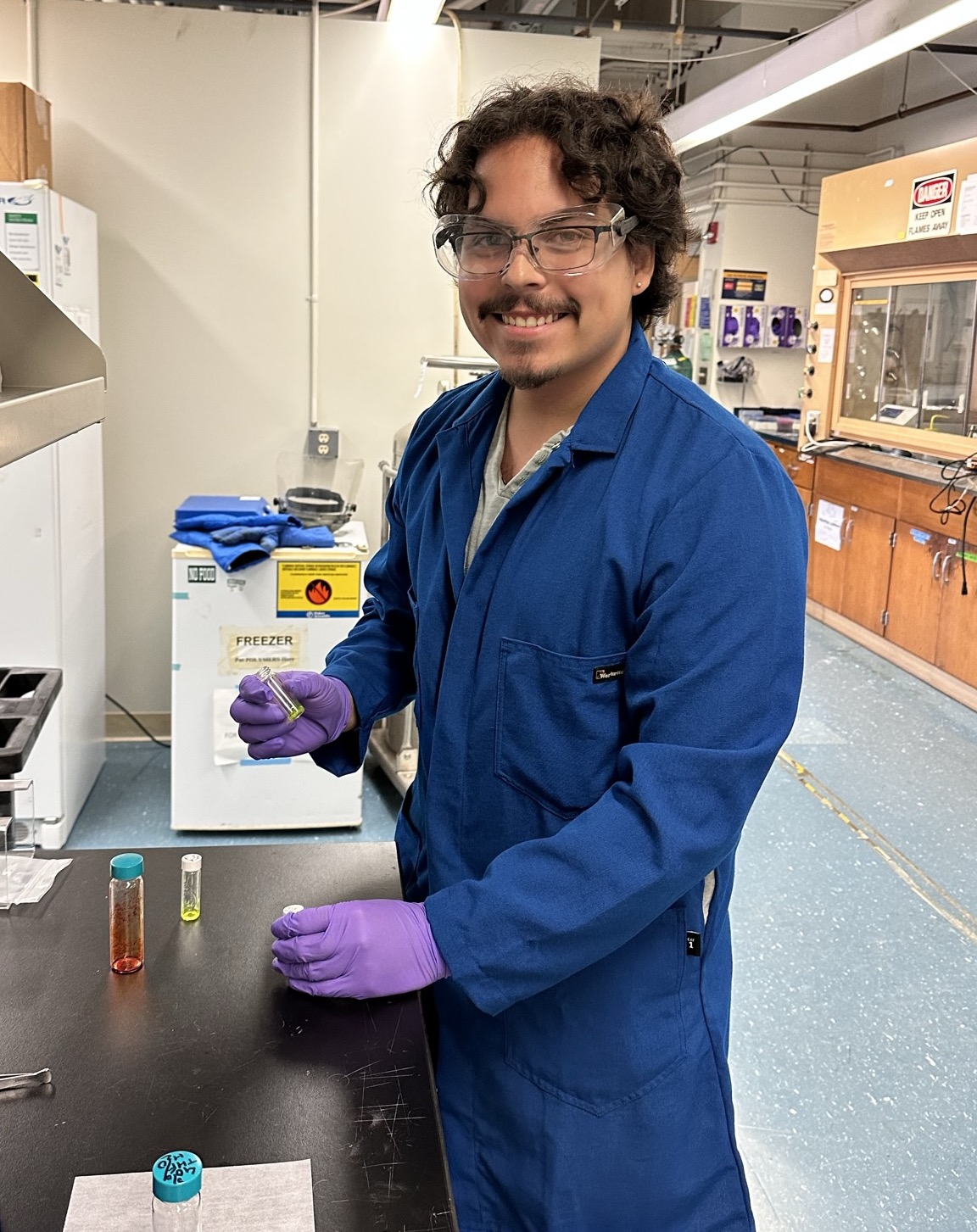
With the mass production of plastics waste, most end up in landfills or are incinerated for non- efficient energy release due to lack of favorable end-of-life disposal properties. An overwhelming majority of these plastics consist of polyolefins, which are hydrocarbons consisted of polymerized alkenes at the C-C double bond. Unfortunately, upcycling for polyolefins is far more difficult due to the chemical inertness of these functional groups. Chemical analysis of polyolefins without any additives can be quite challenging as well for the same reasons. Here we show a unique way in analyzing the polymer dynamics of the polyolefins through fluorescent probing, which consist of taking a fluorescent chemical and dissolving it throughout our polyolefin. Promising findings were found in literature regarding a fluorescent probe known as DBANS ((E)-4-(Dibutyl amino)-4-nitrostilbene) when doped with polyolefins. The conclusions made entertained the possibility of seeing dynamic changes within the polymer through fluorescent emission. Through catalytic depolymerization/scission of the doped polyolefins (in this case (poly(ethylene-alt-propylene) (PEP)) we suspect to see a blue shift in the fluorescent emission spectra with reaction progress due to segmental relaxation. The tracking of depolymerized PEP with the inclusion of DBANS showed very little to no change in the emission spectra, however small segmental relaxation changes was seen for controlled cases to simulate long degradation durations. Nevertheless, in practice the little change in segmental relaxation instigates that PEP as our example polyolefin might not be a good representation for most other polyolefins such as polyethylene and polypropylene.